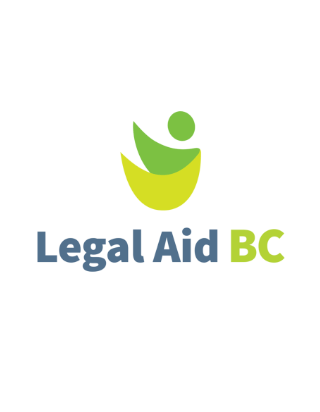
British Columbia Newcomers’ Guide to Resources and Services
WelcomeBC (Government of BC)
Moving to a new country can be challenging. You probably have a number of questions that need to be answered right away. This guide has information on getting a job, finding a place to live, health services, banking, getting a driver’s licence, the legal system, and much more.
Last reviewed December 2024





